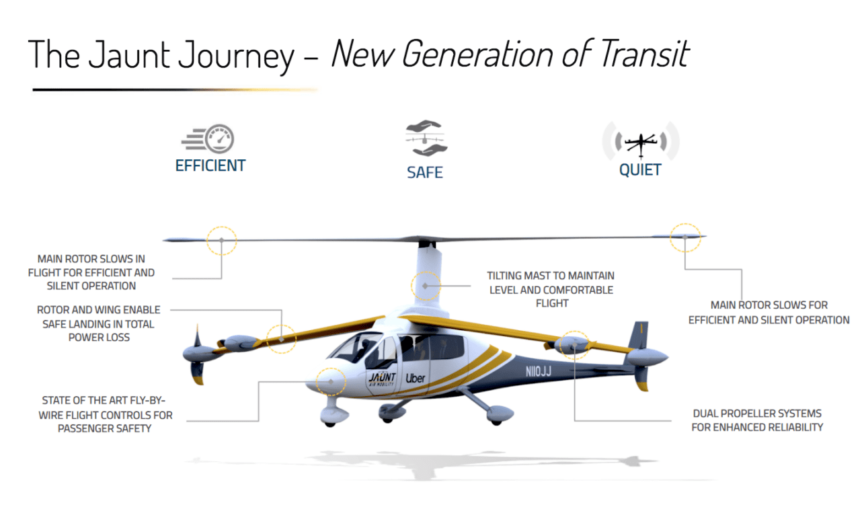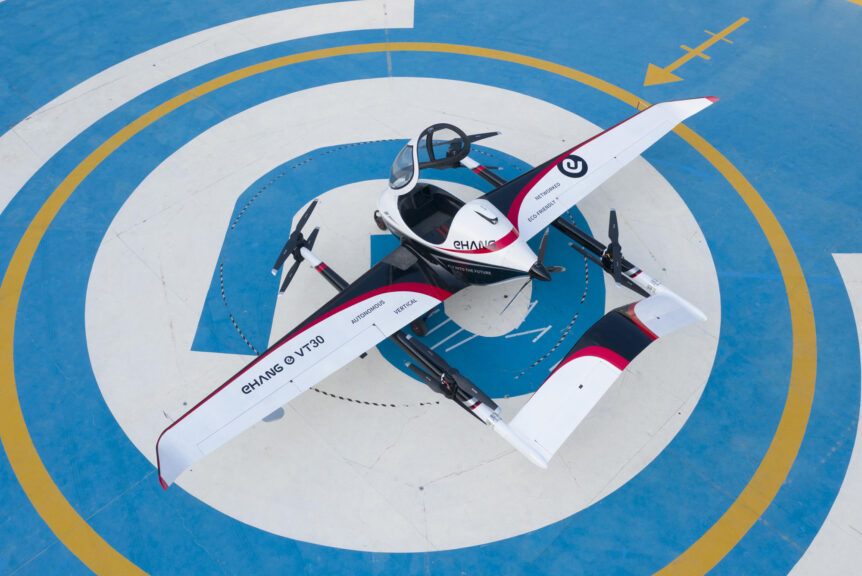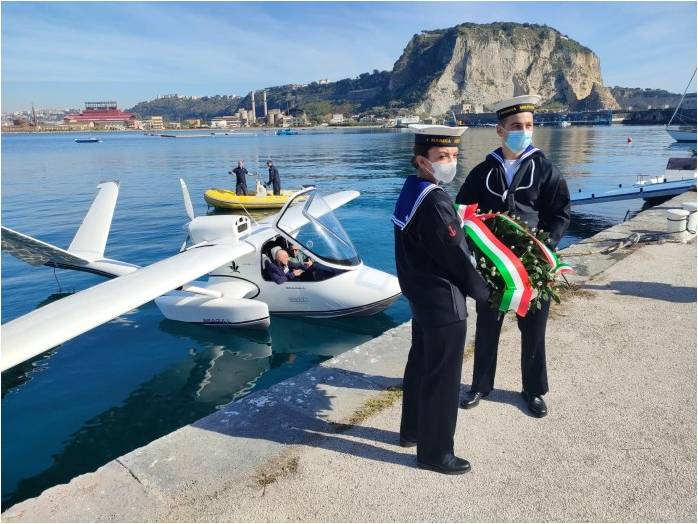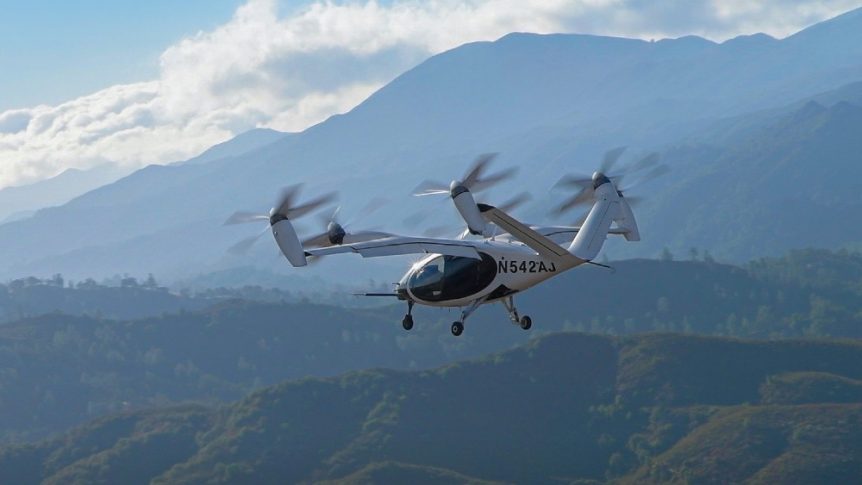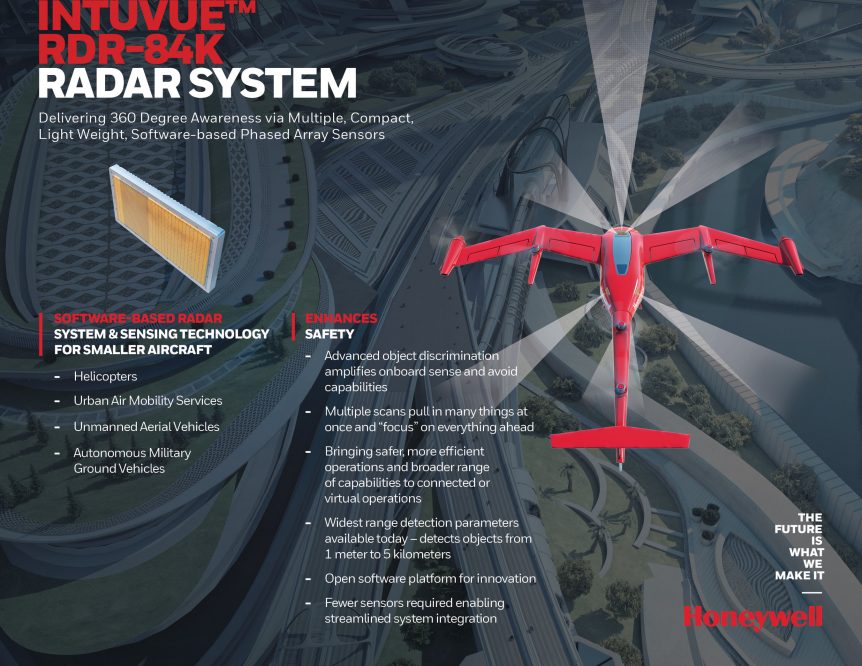The Jaunt Journey may be the most unique eVTOL (electric Vertical Take Off and Landing) machine coming to market, and it relies on something old and several things new for its advanced take on Advanced Air Mobility (AAM). What makes it special is its combining autogiro-like technology with electric power and some different approaches to the transitions between vertical and horizontal flight. Jaunt promises to carry a pilot and four passengers 80 to 120 miles, pushing it into the realm of regional air mobility. It can top out at 175 miles per hour, or about the upper limits of most helicopters while pressing down with only 55 dBa of sound pressure, considerably below that of any helicopter. Its performance and several distinguishing features make it all the more unique. Somewhat Like an Autogiro Autogiros were pre-helicopter rotary-wing aircraft that could lift off and alight quickly because of a large, usually un-driven, series of blades above the fuselage. Note how easily …
Lift + Cruise Transitions for eVTOLs
A New Mission Some formerly rotor-only eVTOLs are transitioning to a new configuration – one with wings for greater range and speed. Vertical takeoffs and landings are OK for short-range Urban Air Mobility (UAM), but not necessarily good for longer range flight. Hovering flight requires thrust equal to the weight of the vehicle, and climbing requires additional thrust. Switching to wing-borne flight reduces the power necessary and increases flight duration. Some trends in housing and commutes indicate longer, regional flights may be necessary to fetch workers from ever more far-flung homes. Purely rotor-borne flight will still be viable for short trips with batteries, but wings add speed and endurance. VoloConnect Volocopter, having started with a simple multi-rotor prototype 10 years ago, now offers VoloCity, an 18-rotor eVTOL (electric Vertical Take Off and Landing) craft soon to start service in Singapore, Since the island nation is only 283 square miles, about 3.5 times the size of Washington, D. C, that makes …
An Italian Hybrid Seagull
An Italian trimaran light seaplane has many interesting features. From its hybrid power system to its unique patented folding wings, the Novotech Seagull showcases innovation. Professor Leonardo Lecce has taught aeronautical structures and aerospace construction and maintenance practices at the Federico II University in Naples. Why the choice to limit the craft to marine operations only? La Republic explains Seagull “allows two people to fly from any coastal location to another, doing without hydroscales and hydroports now non-existent, thanks to a revolutionary technology already patented, of an automated system folding of the wings that allows once moored (landing at sea), to reach and dock in any quay or dock. But also to bring this aircraft ashore in the garages as a small boat or, for the ‘pieds dans l’eau’ (‘feet in the water’) hotels or for the lucky ones who have a villa with access to the sea or the lake, to park it in your garden.” The 650-to-700 kilogram …
Archer Aviation Gets Fiat Chrysler Backing
Another eVTOL? Among the many battery- and solar-powered entries at this year’s (virtual) Consumer Electronics Show, Archer Aviation has entered the electric Vertical Takeoff and Landing (EVTOL) market with Fiat Chrysler backing. It’s being discreet about it, however, and reveals little detail. The company willingly shares its mission statement, though. “To fix traffic and create a fully renewable transportation solution, we’re designing, manufacturing, and operating advanced electric aircraft that can travel 60 miles at 150 mph, all with today’s technology.” They present only one picture of their design, a head-on shot on a black backdrop. We can see the six large rotors blanketing the leading edge of the wing, but wonder how and where the six vertical lift rotors are hiding. eVTOL Insights provides more information on the planned craft’s specifications: Aircraft type: eVTOL Piloting: Will be piloted in the beginning and will have autonomous capability in the future Capacity: 4 Cruise speed: 150 mph (241 km/h) Range: 60 miles …
Joby “Unicorn” Gains Private, Military Backing
Joby Aviation is one of few “unicorns” in the electric Vertical Take Off and Landing (eVTOL) market, a billion-dollar enterprise. With funding coming from Toyota, several venture capital investors, Uber and the U. S. Army, Joby seems poised to demonstrate Urban Air Mobility (UAM) in a serious way. In 2011 JoeBen Bevirt, founder of Joby Energy, Joby Aviation, and creator of those knobby-looking tripods you see everywhere, invited Patrick McLaughlin to visit his design studio. Your editor got to tag along. On Woodpecker Ridge, north of Santa Cruz, JoeBen’s barn-like studio housed about a dozen engineers and designers all working on electricity-generating kites. He wore a T-shirt reading, “If you’re not living on the edge, you’re taking up too much room.” That edginess has helped him, in the last decade to be a major player, with now over 500 employees in the aviation sector. JoeBen and Patrick discussed motor design and integration with a controller Patrick had built from off-the-shelf …
Honeywell’s New UAM Business Unit
Honeywell, long involved in avionics and other aviation-related instrumentation and equipment, has created an entire, new business unit devoted to unmanned aerial systems (UAS) and urban air mobility (UAM). If any indication is necessary to show that urban air is not a passing fad, it’s the investments being made by major entities – from Toyota to Honeywell, from NASA to Mercedes. Honeywell’s contributions to future UAM flight include avionics – devices that combine aviation with electronics. Honeywell’s portfolio includes a miniaturized fly-by-wire system, electromechanical actuators to take the place of traditional control cables and pushrods, and systems to help integrate the UAM into existing and future air traffic control systems. These systems will work for electric Vertical Take Off and Landing (eVTOL) machines or more conventional fixed-wing configurations, represented by Tine’ Tomazic from Pipistrel in the following video. Multi-rotor craft can benefit from Honeywell’s lightweight auto-pilot and fly-by-wire systems. Integration into the overall aircraft enables precise control and the ability …

